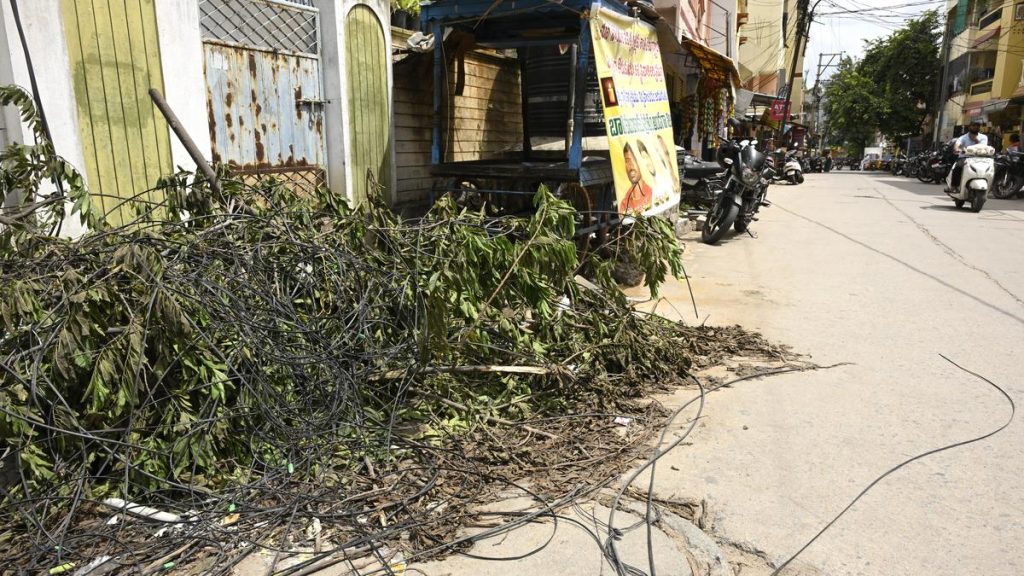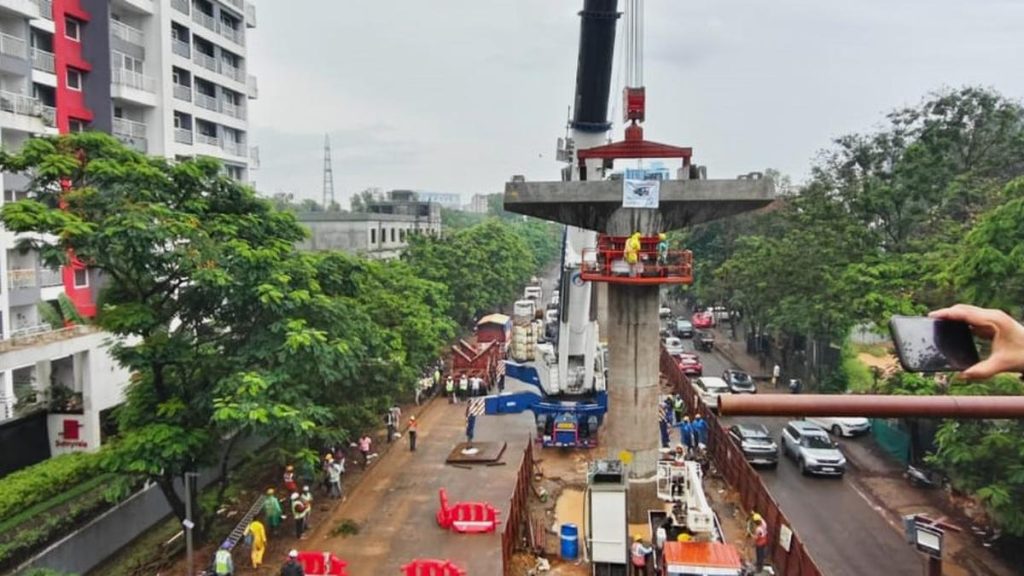Now Reading: Water Levels Recede as J&K Grapples with Flood Aftermath
-
01
Water Levels Recede as J&K Grapples with Flood Aftermath
Water Levels Recede as J&K Grapples with Flood Aftermath
### Quick Summary
– Water levels in Jammu and Kashmir rivers began receding on August 28, 2025, providing relief after heavy rain, flash floods, and landslips.
– J&K Chief Minister Omar Abdullah confirmed the immediate danger has passed but criticized inadequate flood-prevention measures since the devastating floods of 2014.- Severe rainfall caused flash floods and landslides leading to:
– Over 40 civilian deaths.- Disruption of normal life with roads like Jammu-Srinagar National Highway closed due to landslips.
– Damage to hundreds of homes across districts such as Kishtwar, Doda, Reasi, Kathua, and Jammu.
– Jal Shakti Department is working to restore disrupted water supply in Jammu; restoration may take time in some areas.- All schools across Jammu will remain closed until August 30 due to unsafe conditions from continued rainfall
– The Chenab Valley management is focused on restoring electricity and communication services in Doda district.
– CPI(M) leader M.Y. Tarigami stated that agriculture and horticulture sectors were severely harmed by flooding; he urged declaring the disaster a “national calamity.”
### Indian Opinion Analysis
The flood situation highlights a recurring challenge for infrastructure resilience amidst unpredictable environmental events. Chief Minister Omar Abdullah’s concerns underscore long-standing issues related to flood prevention. Measures following the catastrophic events of 2014 appear insufficient-raising questions about where investments have gone regarding dredging or increasing river channel capacity.Beyond economic losses affecting agriculture and horticulture sectors significantly in regions like Jammu and Kashmir’s south region or Warwan areas, there are also disrupted daily livelihoods for affected citizens who now face prolonged infrastructural repairs or restoration efforts. Proposals such as treating severe floods as national disasters could create more robust frameworks for relief efforts while incentivizing preventive projects against climate-related vulnerabilities over the long term.
Heavy rains serve not only as warning signals but necessitate policymaking commitment prioritizing citizen safety-bridging gaps between announcements versus proper execution immediacy scaleable implementation afterward cannot avoid entirely replicating blind system repeat under reacting decade-mode.

Read more: Visit The Hindu
)
























